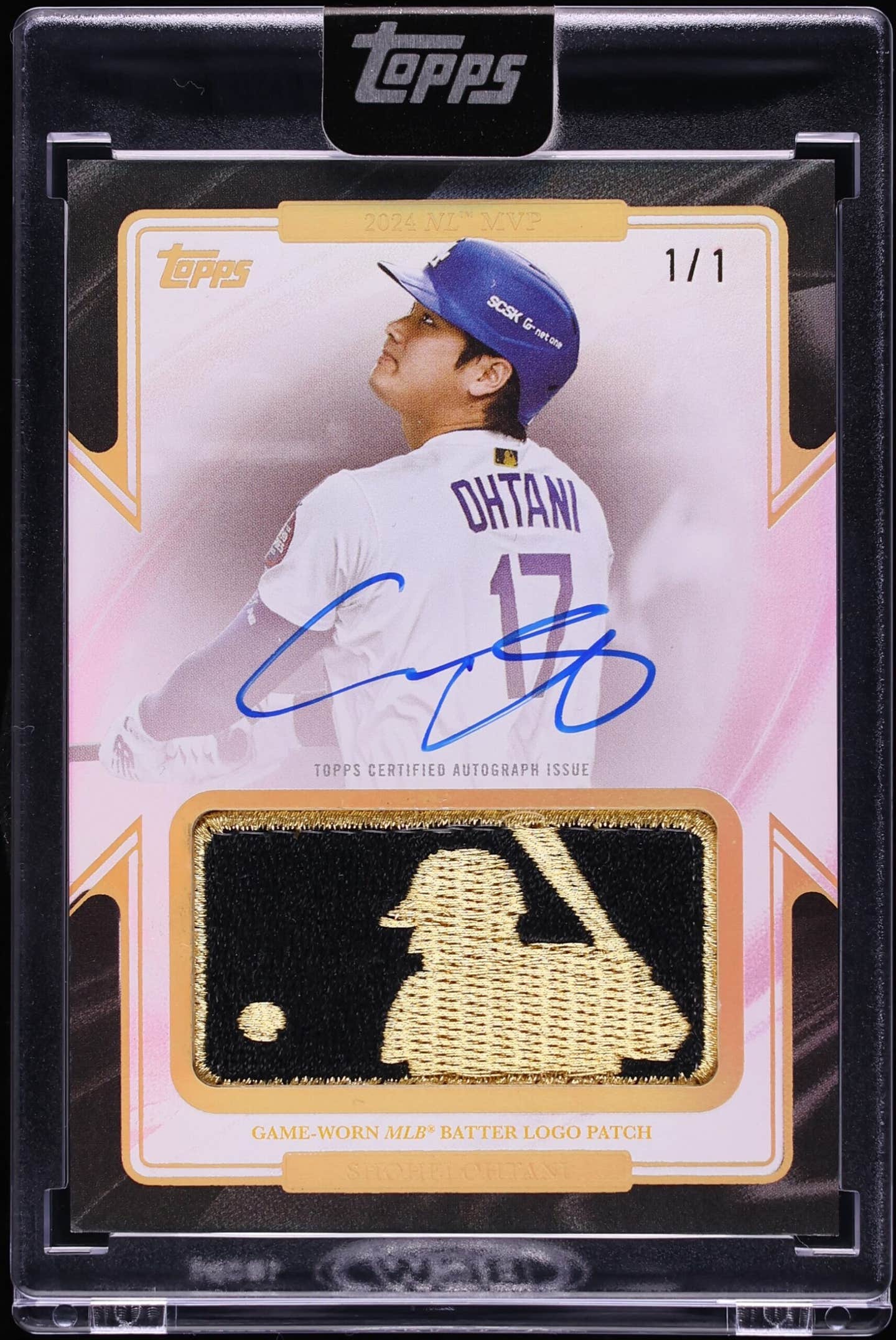Willie Mays
Pinning Down Some Fun With Topps Posters
By Doug Koztoski
Mickey Mantle, Willie Mays, Hank Aaron, Roberto Clemente, just to name a few of the regular star cards; challenging high numbers, including the Brooks Robinson plus the Tom Seaver and Rod Carew rookies; and a clean and vibrant design. The 1967 Topps baseball set has all that and consistently ranks among the finest of its time. For many collectors it remains one of the best all-around issues since World War II.
Jeff Meyers first started collecting baseball cards in 1967 and not only did the then 8-year-old enjoy the pasteboards, but also the 5-by-7-inch insert posters that came folded in the offering’s first couple series packs. Back then, Meyers taped some of the posters to his bedroom wall. Eventually, his mom pulled them off and, inadvertently, tore some of the inserts’ corners in the process.
A few years ago Meyers spotted a graded 1967 Topps baseball poster on eBay – this was his introduction to PSA encapsulating the inserts. That sighting reminded the hobbyist of an old shoebox of his that included some of the tape-stained and corner-less posters from childhood. Also in the box? About a dozen of the colorful premiums that had gone straight from a 1967 pack and into the popular storage container.
Submitting the intact samples, Meyers expected high grades, but the best he received was a PSA 6. “At this point, I thought it would be a really cool set to collect and a heck of a challenge,” he said.
Meyers quickly found, however, Internet poster purchases could be a chore.
“Purchasing these online (raw) is a real challenge,” he said, “as it is very difficult to determine the condition via a scan since they are so thin and easily bent or creased, which may not show up on the picture.”
Over time he built his collection of the 32 posters that register a high percentage of Hall of Famers, including three of his favorites: Mantle, Clemente and Carl Yastrzemski.
Duane Tom gravitates toward the Mantle and Clemente posters, too, from the set that also includes Aaron, Mays, Don Drysdale, Juan Marichal, Brooks and Frank Robinson.
Yet, Tom has a “common” as a top pick from the pack premiums as well, an athlete who once played all nine positions in a MLB game.
“I like the Bert Campaneris poster since I am an Oakland A’s fan and he was one of my heroes growing up,” Tom said. The shortstop, also known as “Campy,” played several years for the Athletics/A’s, which moved from Kansas City to Oakland after the 1968 season.
Tom arrived to the pin-up parade in the early 1990s when someone brought a few into his former sports card store. His PSA Set Registry name for the issue is “Not quite Rita Hayworth,” a fun nod to the actress and dancer’s famous World War II era pin-up images. Those pin-ups helped keep many a guy’s chin up during some tough times.
Not as easy as you might think
“I like that they are very condition sensitive,” Tom said. “I like the challenge of that.” He puts pitcher Denny McLain and slugger Willie McCovey on his shortlist of ’67 posters that were harder for him to find than a parking space when running late.
Tom said he thinks the posters, on average, were thrown away in big numbers back in the day and that strongly contributes to their relative low availability, especially in higher quality.
“Some of the posters in the second half of the set are harder to find,” said Meyers.
The collector noted the Ron Santo pin-up (No. 26) “appears to be the most difficult to find in higher grade,” as only one so far has topped out with a single PSA 6 out of 26 samples submitted of the Cub. Al Kaline’s insert image (No. 21), he added, does not turn up much in stellar condition either, “with only three of 51” on the PSA Population Report locking in at the PSA 7 (Near-Mint) level or above. Only about 1,200 of the baseball posters overall, without qualifiers, have landed in PSA slabs to date.
In 1968, Topps brought back the insert poster-in-a-pack promotion, this time only 16 in the set, but for football cards.
“I collected them as a kid,” said Kirk Robinson, who includes his ’68 football set among his top picks. “The posters were the first series inserts.”
Like Meyers and Tom, Robinson has a highly ranked collection of his pin-up set of
choice on the PSA Set Registry.
Robinson includes the Gale Sayers, Bob Hayes and Len Dawson posters among his best liked, but it is the tale of the Dawson insert that stands out.
A few years back, through eBay, Robinson stumbled on to a guy who had purchased “a huge raw find of 1968-72 football cards.” Many of those cards came from a boy whose family owned a 7-Eleven during that period. “And when there weren’t customers around, the kid opened packs of cards and threw them in a big box,” said Robinson. Within this “find” were “hundreds and hundreds of these (1968) posters.” The dealer sent some of the posters into PSA for encapsulation – with one Dawson earning a perfect “10.”
Robinson scooped it up.
There are only four PSA 10s so far in either set in the hobby and all of them are from the football issue, which baseball outnumbers in Population figures by about a three-to-one margin. Oh thank heaven for 7-Eleven and some slow days at the store a few decades ago.
Some options to choose from
Robinson added that both sets of posters were printed on two different kinds of paper stock, “the traditional newsprint (that turns yellow over time) and a much nicer heavy white paper.” The newsprint versions generally lean toward grainy images, while the white paper versions “pop.” Overall, Robinson summarized the poster sets as “underappreciated.”
While some hobbyists think the Topps posters’ popularity will stay about as flat as the unfolded pack pin-ups, Meyers sees it differently. He thinks higher demand will follow as the set’s awareness increases in general and as player collectors fill holes in their want-lists.
“Most of the player collectors now incorporate the ’67 pin-up as required completion of the player sets. As more people start looking, for say, a Mantle pin-up for their player set, the exposure to the set as a whole should grow. “
That may be true, but where pin-ups are concerned, the Topps products will always be “not quite Rita Hayworth.” Think about it: Compared to Drysdale, Marichal and such, she did have much better curves.
Doug Koztoski is a frequent contributor to SCD. He welcomes comments and questions related to this article at kozpro20@hotmail.com.








